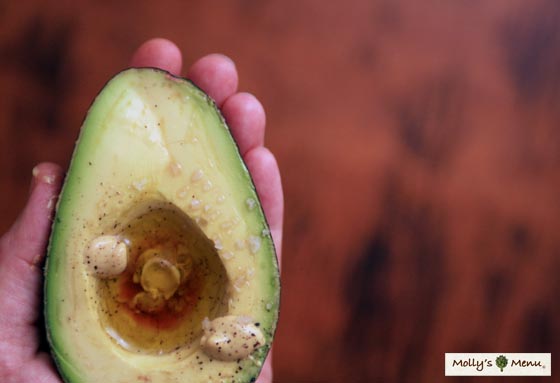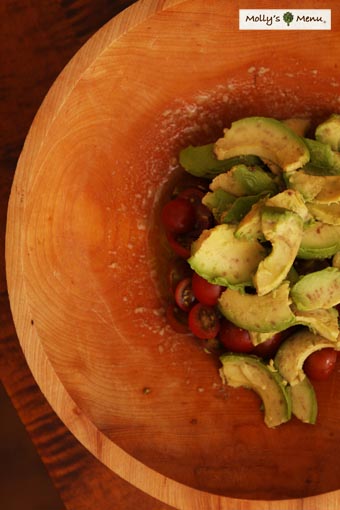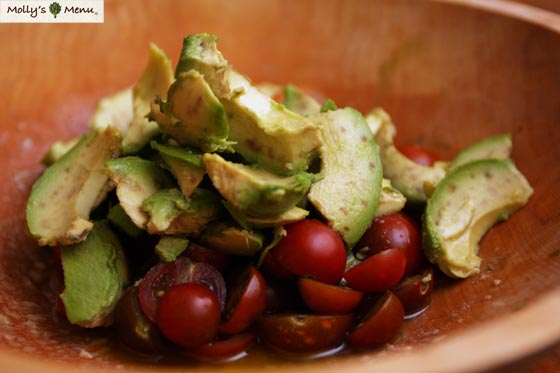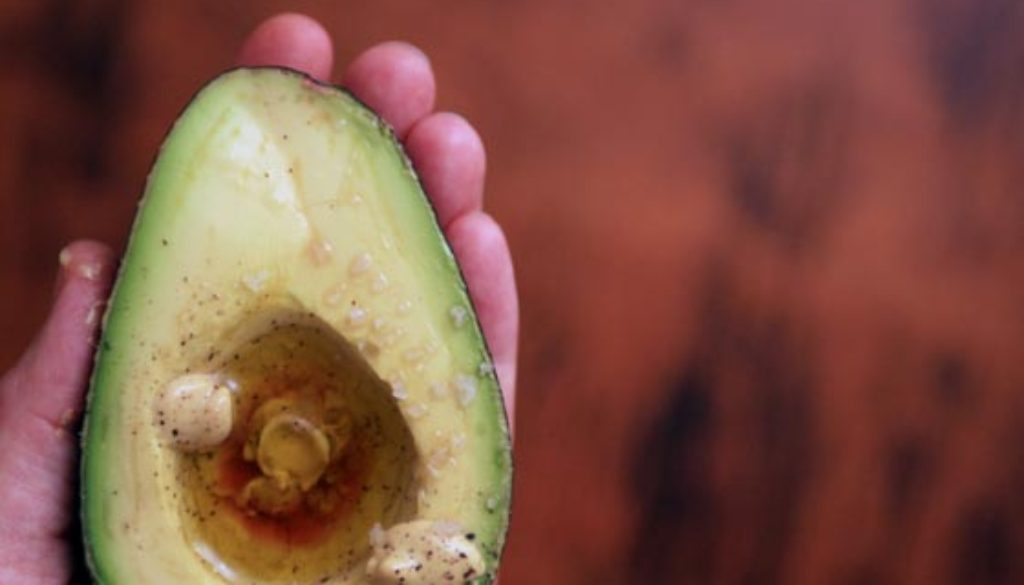Aguacate, two ways
 Hispanic countries seem to know a thing or two about avocados, namely simple is best. As a student I took two study abroad trips, one to Mexico and the other to Spain, and after ten years what I remember most is the amazing taste of avocado in two completely different countries. It says something about my memory, too, which has always been able to recollect food experiences above all else.
Hispanic countries seem to know a thing or two about avocados, namely simple is best. As a student I took two study abroad trips, one to Mexico and the other to Spain, and after ten years what I remember most is the amazing taste of avocado in two completely different countries. It says something about my memory, too, which has always been able to recollect food experiences above all else.
 Spaniards are known to be late diners, and sitting down for dinner at ten p.m. every night took some adjusting. In Salamanca, my host mother obligingly set a snack out for me every evening around seven, sensing I might need a little tiding over. More often that not, these snacks consisted of indistinguishable fried morsels that tasted more of grease than anything else. My impression of Spanish cuisine left a lot to be desired at that point, until one evening when an avocado appeared. I watched curiously as the Senora opened the avocado with a knife and swiftly popped out the pit. Using the remaining indentation in the flesh like a salad bowl, she proceeded to concoct her own vinaigrette with small dribbles of olive oil, mustard, vinegar and salt. With the tip of a spoon she gradually pulled the sides of the pale green flesh into the center, mashing it all together within the halved shell. She handed the self contained concoction to me with a spoon, and I tentatively took a bite. The buttery richness of the avocado was offset by a kick of mustard and acidity from the vinegar, while the Spanish olive oil added a fruity undertone. It was the perfect snack food, full of flavor and healthy fats that leave you feeling satiated, rather than running on empty calories.
Spaniards are known to be late diners, and sitting down for dinner at ten p.m. every night took some adjusting. In Salamanca, my host mother obligingly set a snack out for me every evening around seven, sensing I might need a little tiding over. More often that not, these snacks consisted of indistinguishable fried morsels that tasted more of grease than anything else. My impression of Spanish cuisine left a lot to be desired at that point, until one evening when an avocado appeared. I watched curiously as the Senora opened the avocado with a knife and swiftly popped out the pit. Using the remaining indentation in the flesh like a salad bowl, she proceeded to concoct her own vinaigrette with small dribbles of olive oil, mustard, vinegar and salt. With the tip of a spoon she gradually pulled the sides of the pale green flesh into the center, mashing it all together within the halved shell. She handed the self contained concoction to me with a spoon, and I tentatively took a bite. The buttery richness of the avocado was offset by a kick of mustard and acidity from the vinegar, while the Spanish olive oil added a fruity undertone. It was the perfect snack food, full of flavor and healthy fats that leave you feeling satiated, rather than running on empty calories.
Avocados reappeared when I was down in Oaxaca, Mexico, a few years later. The region is considered the epicenter of Mexican cuisine, and the area was awash with delicious food. I was especially struck with the delicious vegetarian options, and found myself gravitating to one restaurant in particular that had an unassuming avocado salad listed on their”specials” menu. At the outset, it didn’t look like much, either. A simple row of alternating slices of avocado and tomato lined a plate, and a small mound of greens sat to the side as a lone garnish. But one taste of the salad proved otherwise, as flavors of citrus, garlic and vinegar married the avocado and tomato in an unbelievably happy union on my tongue.
Upon returning to the states avocados became commonplace on my kitchen counter. I realized from my Spanish experience how well mustard pairs with avocado and reinvented the Mexican salad to include that condiment in its vinaigrette. The salad has become such a staple in my family that it is almost embarrassing how often we serve it. It is a shoe-in for any Latin inspired menu, goes beautifully with a simple grilled steak, and stands quite nicely as a bed for seared shrimp.
Tomato Avocado Salad
 Recipe:
Recipe:
1 large avocado, slightly firm to the touch
1 medium, ripe tomato or 1 C ripe cherry tomatoes
2 C baby spinach
1 garlic clove, peeled
1 tsp dijon mustard
1 Tbsp red wine vinegar
3 Tbsp extra virgin olive oil
salt and pepper to taste
Method:
Into a large, wooden salad bowl, grate the garlic using a microplane zester. Add the vinegar, olive oil, and mustard then whisk to combine. Split the avocado, remove the pit, then scoop the flesh out. Cut the flesh into a medium dice. Dice (or halve if using cherry tomatoes) the tomato. Fold the tomato and avocado into the vinaigrette. At this point you can set the salad aside for up to an hour before serving. When you are ready, gently toss in the spinach leaves.




